Getting with the times has construction industry poised to do great things, says Linarc CEO Shanthi Rajan
Planning is the key to any successful building project. The better the plan, the better the final product, and the more quickly it will come together. But planning doesn’t end when the ground is broken. There are too many moving parts and external forces at work. Plans require constant updating and revision as the project plays out. Here, time is money, and accuracy is essential. Construction is like putting together a 3D puzzle. The pieces need to all fit in a specific way at a specific time to make the whole thing a success. Multiply that by several different projects, and the puzzle becomes even more intricate. Contractors need the right tool to piece everything together.
Making the Connection

Once known for lagging behind the times technologically, the construction industry has really ramped things up in recent years. Contractors are looking to digitize. As they do so, they’re presented with a bombardment of software options. To put their daily puzzles together, they want a tool that bundles all these software functions in one package.
“They’re using tools like (Primavera) P6 to do the bigger schedule,” said Shanthi Rajan, founder and CEO of all-in-one construction management software Linarc. “It sits on somebody’s desk. There’s a scheduler dedicated to maintaining it. But when you think of a large-scale project, the data that is set up on the schedule is used across the full ecosystem.”
How does the information on the schedule in the office transfer over to what’s happening in the field on a regular basis? How does the reality in the field come to be reflected in the big schedule at the office? There’s a huge lag when those systems are not connected and updated in real time.
Yet, that’s how construction projects operated until recently, and it’s a big reason why so many projects go over time and over budget.

Shanthi Rajan
“That’s where an integrated connected system is really helpful, where you build something and the system distributes it to everyone automatically, and data updates are in real-time so you’re able to come in and look at the result or the impact of what happened in the field right away,” Rajan said.
Paperwork that used to be shuffled through emails with a lot of time spent waiting for responses when people return from a job site now goes instantly to whoever needs it so workflows can sail along.
“Fully connected, integrated, real-time, collaborative, all the buzzwords mean something for an industry where to finish even a small building, you need at least five or six contractors working on it.”
Time is Money

It costs a lot less to fix a problem as it’s happening rather than even a couple of days afterward. Imagine a foundation that’s laid 6 inches off from the specs. At first, it seems like a small issue. But as more parts of a building are put on top of that mislaid foundation, the problem magnifies. The whole thing is off, and everything needs to be redone. The later into the process the mistake is caught, the more expensive it is to fix.
“If this problem was something that even when they were setting the form before they poured the concrete, it was addressed, then the contractor would not have had this cost of pulling it out and redoing it,” Rajan said.
With a cloud-based project management system that all stakeholders can access at any time from anywhere, mistakes like that are cut way down, as are the associated costs. And in systems like Linarc’s, data silos are broken down, saving a lot of back and forth between the office and contractors on site.
With multiple projects in the pipeline, contractors can keep track of what resources are needed for each one, what the cash flow situation is for each, and how they are all progressing.
“So you are still making better decisions over time based on how each project is performing,” she said. “One of the foundational problems that contractors talk about is underbidding. It’s because they are not able to pull data together and see, ‘Based on these conditions, this is how much a project of this type will typically cost for me to build.’”
With the adoption of new technologies, builders can make better predictions for themselves and their customers.
Embracing the Future

Adopting the latest tech is not the only the only way in which construction is forging ahead in a new era. A serial entrepreneur, Rajan said the industry has been very welcoming.
“From my experience, at least, I find most of the contractors, PMs, senior PMs, and upper management don’t look at me as a woman of color. They look at the solution that we are offering and whether it makes sense for the problems they have,” she said.
The industry has well-thought-out DEI programs and women are filling roles at the fore of projects, as superintendents, and positions throughout the field.
“I think it’s a very forward-thinking industry.”
As such, construction is gearing up for the next phase of its digital transformation by embracing AI.
The technology side of the industry is really taking advantage of this and coming up with pretty innovative solutions,” Rajan said. “Fast forward a year, as the hype on this starts to settle into more reasonableness, we will see some strong solutions that emerge that solve point problems very well with AI for the industry. Linarc has a few of those in the works.”
As construction embraces the cutting edge, those puzzle pieces just keep fitting together more quickly and easily.

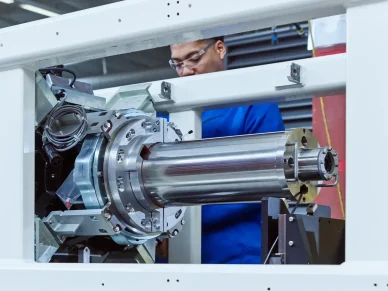

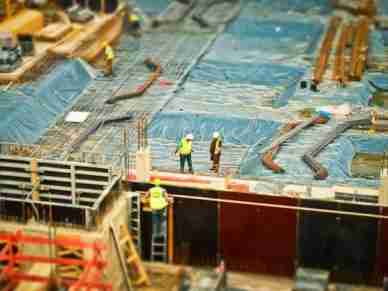
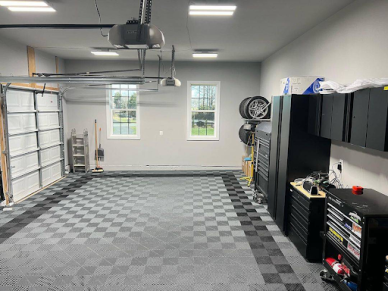
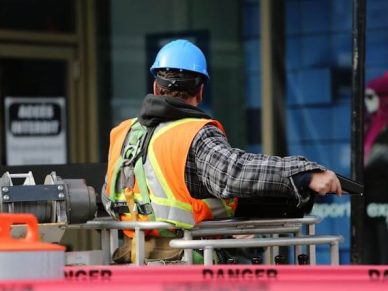
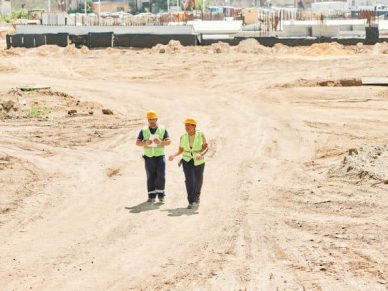









Leave a Reply